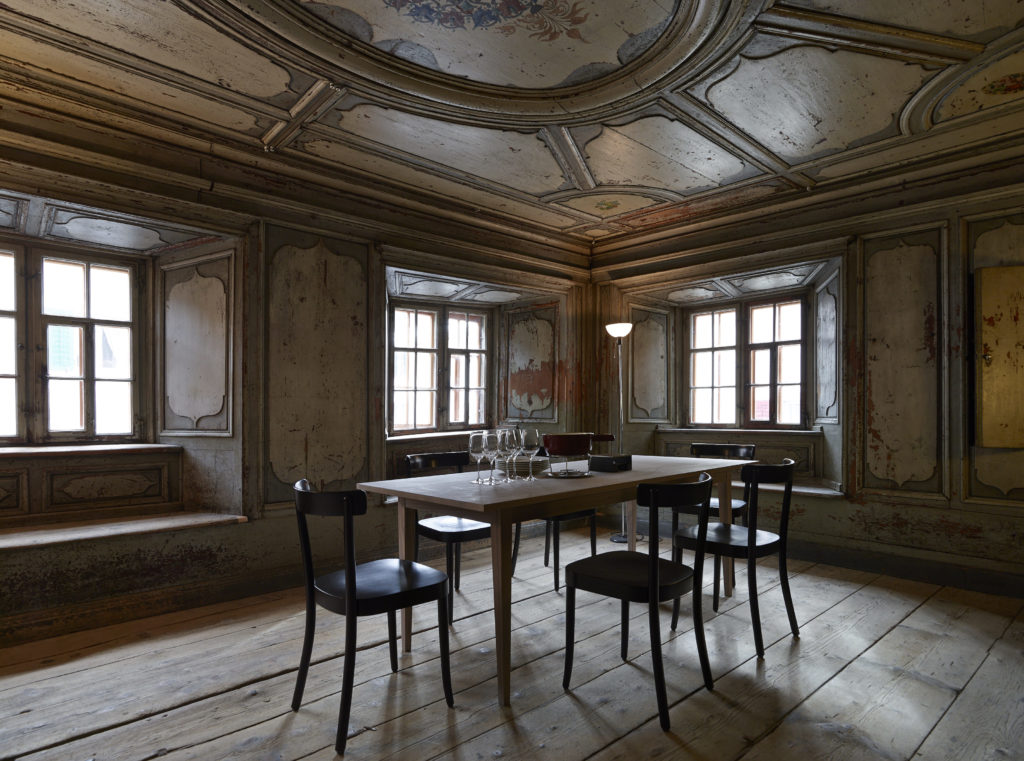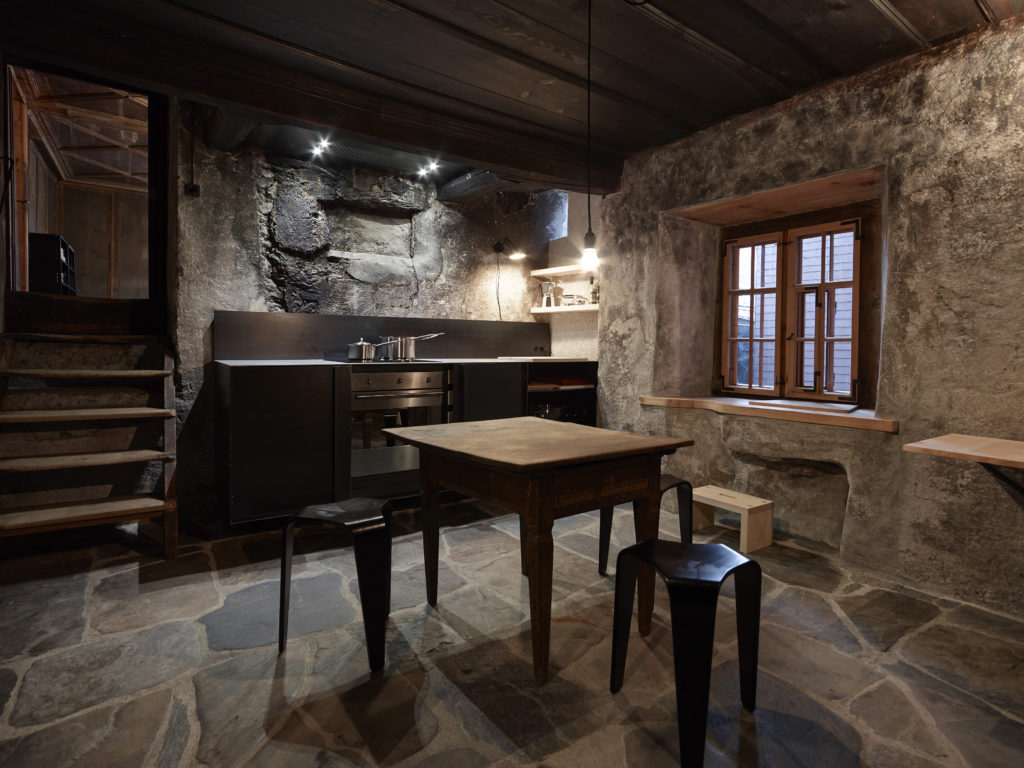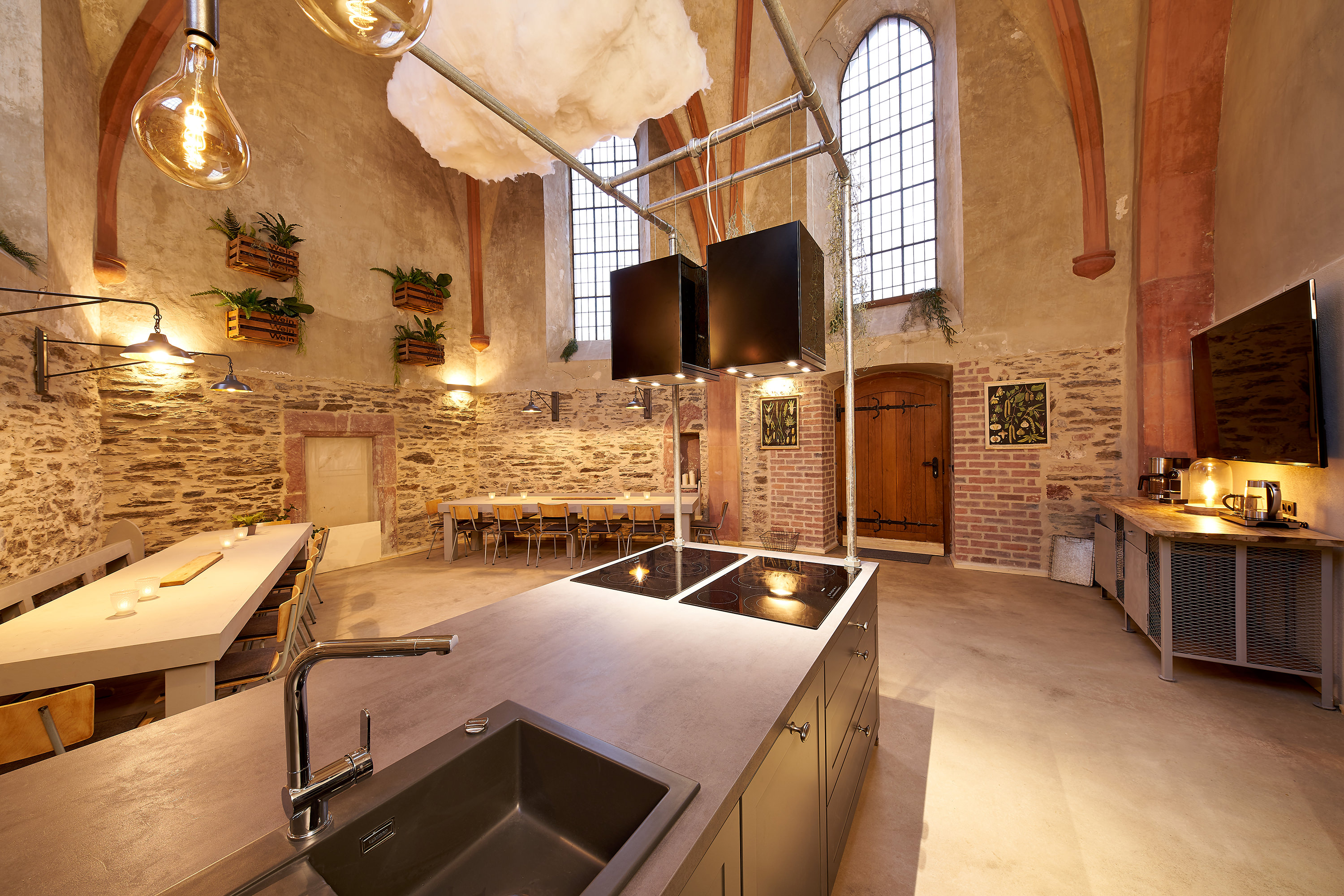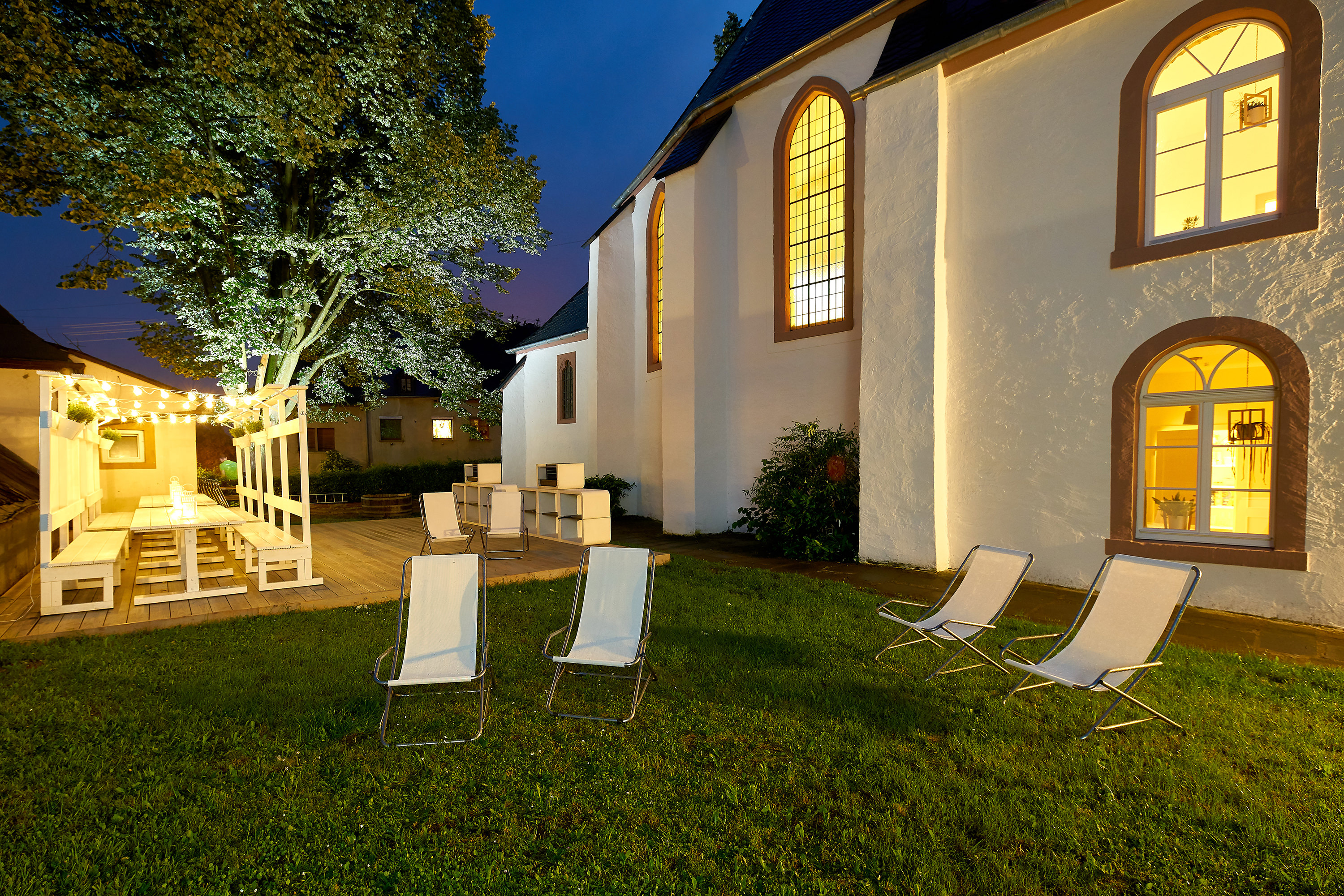picture sources: Vacations in a Listed Building Foundation; Zeljko Gataric, Zurich
Holidays in a church, an icon of the Neues Bauen (New Building) era or a centuries old farmhouse? Sounds a bit different, but also rather spartan or like something ravaged by time. Upon closer inspection, it is actually the contemporary and logical idea of protecting building culture.
In various places, people have taken on the task of carefully renovating endangered historic sites down to the very last detail, and then renting them out to guests. This makes use of the existing old buildings in a gentle and sustainable way. And you don’t necessarily have to dispense with comfort in order to do this. In general, the buildings in question no longer meet the living standards of modern homes. However, with their charming mix of restored heritage structures and modern elements, they are the ideal retreat for anyone looking for a bit of peace, quiet and authenticity.
Various initiators are rescuing dilapidated, empty buildings in this way and making them fit for use by the public. The aim is to create a holiday experience, which allows traditional building culture to be discovered up-close. In doing so, they are making the guests interested in these remote regions and thereby generating sustainable tourism. In turn, this adds value to the regions that are specifically affected by migration. And it’s not only the guests that benefit – so too, do the townscapes and cultural landscapes.
Proponents and providers of the concept
Switzerland
The Türalihus in Valendas (Graubünden) is one of the flagship buildings of the Foundation “Vacations in a Listed Building”. Established in 2005, the foundation is a nonprofit organisation of the Swiss Heritage Society. It takes on historically valuable building structures across Switzerland, renovates them and rents them out. In 2017, the Türalihus was given the “Good Buildings” in Graubünden award and the award for “Dealing with Listed Buildings”. The building is one of many grand town houses in the area of Valendas, which has 300 inhabitants. Its oldest sections date back to 1485. The joint collaboration of architects, the citizens’ association and the Swiss Heritage Society, as well as the responsible preservation of the heritage site, enabled the building to be revitalised. Restoration was limited to the essentials – repairs by skilled tradesmen using traditional materials, scientific preservation cleaning of patterned surfaces as well as the careful incorporation of new décor. The objective was to retain the original building structure and the unique character of the house. Well-worn stone steps, sooty areas in the old kitchen, painted panelling and fires in the living rooms are all evidence of the construction era. The restoration works followed a strictly conservative approach and could be described using the keywords “courage in the fragments”.
The apartments in Türalihus were fitted with modern kitchens and bathrooms, with classic Swiss designs. The result is a delightful combination of past and present. In addition to town houses, the Vacations in a Listed Building Foundation owns and manages predominantly a large number of alpine chalets as well as craftsman houses and farmhouses. The residence in the Neubühl housing estate in Zurich is somewhat of a rarity. It is a symbol of the Neues Bauen era of the late 1920s, which famously advocated living spaces with an abundance of air, light and clean lines. The guest apartment in the estate offers an authentic experience particularly as it is even equipped with furniture designed by the original architects. The range of “Vacations in a Listed Building” is constantly increasing. The Flederhaus in Wegenstetten (Aargau) is one example of a current project. The former Trottenhuus was gently refurbished and repurposed as the Flederhaus. To do this, the surroundings underwent a bat-friendly renovation for the protected horseshoe bat and holiday apartments were constructed in the residential section of the listed building. This is a place where you can experience building culture and wildlife conservation first-hand. magnificasa.ch werkbund.ch
magnificasa.ch
werkbund.ch
magnificasa.ch
werkbund.ch
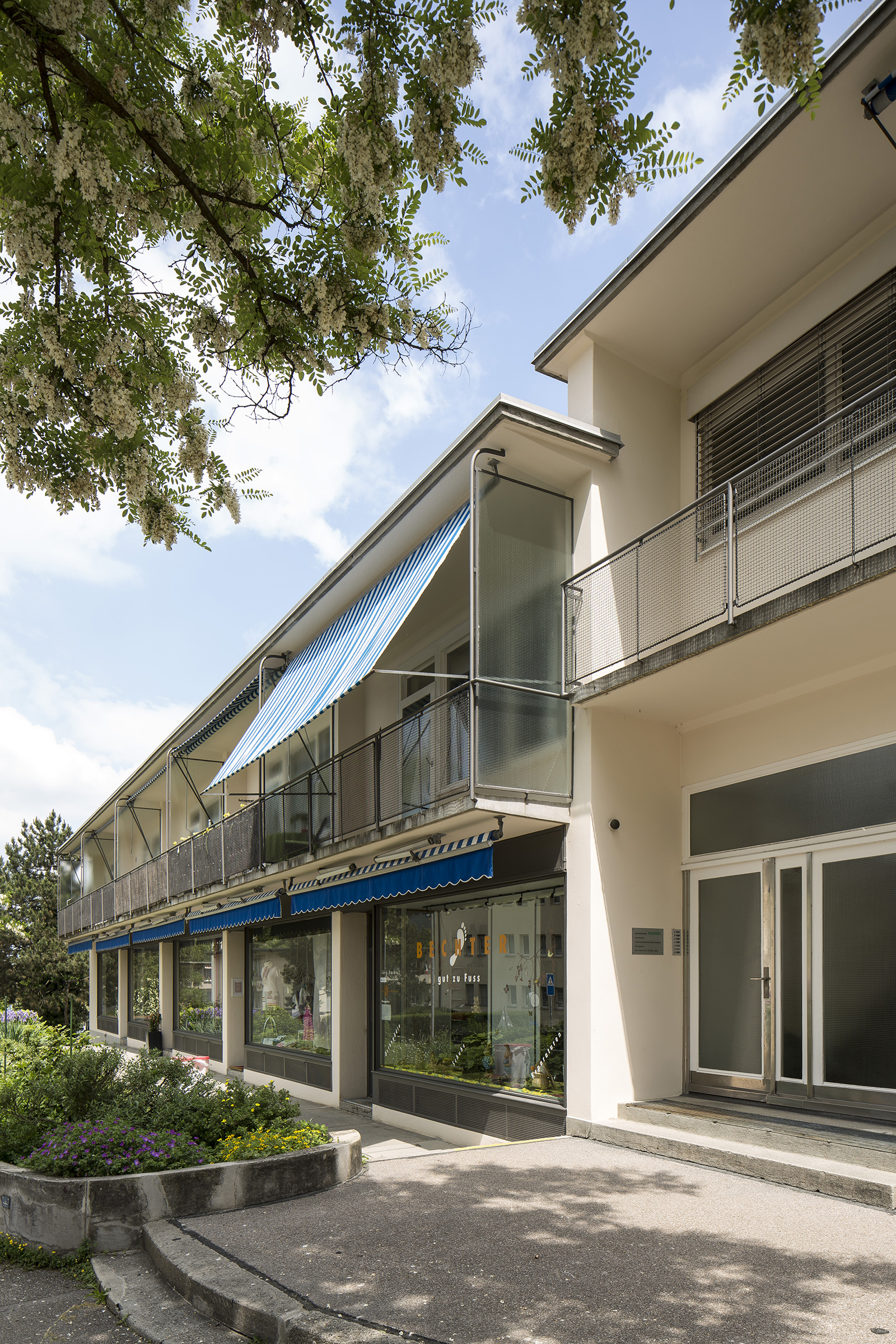
picture source: Monument Preservation office, Zurick canton; Urs Siegenthaler, Zurich
Air, light and clean lines: you can even holiday in an
icon of the Neues Bauen era – the Neubühl housing
estate in Zurich.
England
The Landmark Trust in England served as a model for the Swiss Foundation. In 1965, Sir John and Lady Smith launched a foundation with the aim of preventing the loss of smaller historic buildings in the UK. They were concerned with retaining historic buildings and promoting them to the public – and not in museum form, but as living spaces which people inhabited. And thus the idea was born to turn them into holiday homes with character.
Nowadays there are three criteria for determining if a building is to be rescued by the Trust: whether the building is important – historically, architecturally or culturally, whether it will be lost without the help of the Trust and whether it will be a nice place for a holiday.
Germany
In Germany, there is currently no central organisation that deals with preservation-worthy buildings in the same way as described here. However, there are numerous examples of local and private initiatives in the country. In Xanten, there are two city gates and a quarantine house from the 16th Century that can be rented by guests.
The first church to be made into a holiday home in Germany was recently completed in Bernkastel an der Mosel. Dating back to 1669, the church was doomed to disrepair until the owner of German rental website bleibe.de found out about it and renovated the entire church, including dealing with the dry rot. Now the church offers multiple family rooms, a large reception room with a kitchen and modern bathrooms. The original character of the church building, which had also functioned for a while as alms houses among other things, has now been fully restored to its former glory. Other projects by bleibe.de include a range of historical buildings in the Eifel mountain region and in the Sauerland.
picture sources: Yvonne Kirch, Monschau; Andreas Scholer, Osann-Monzel; Urs Siegenthaler, Zurich
